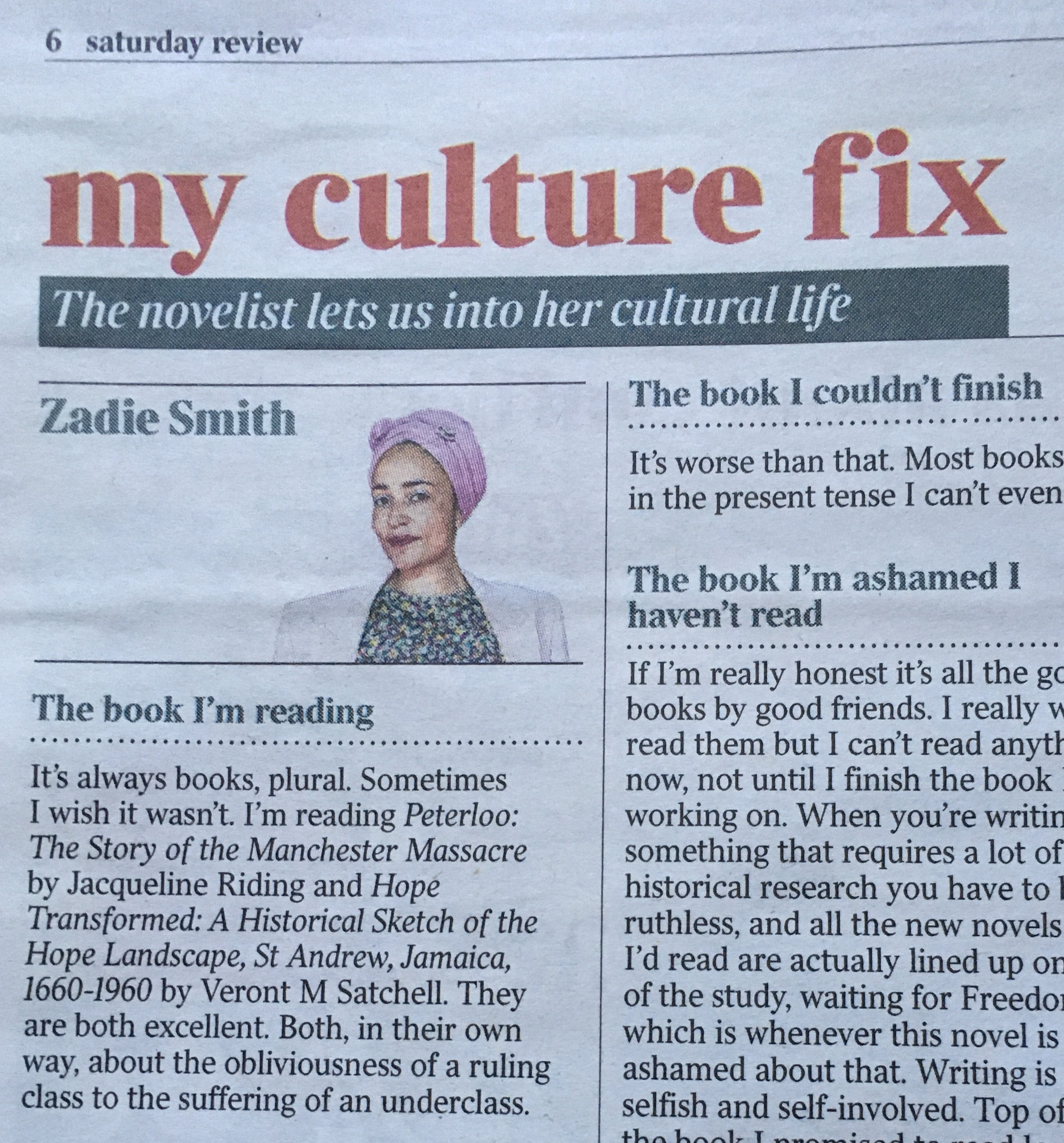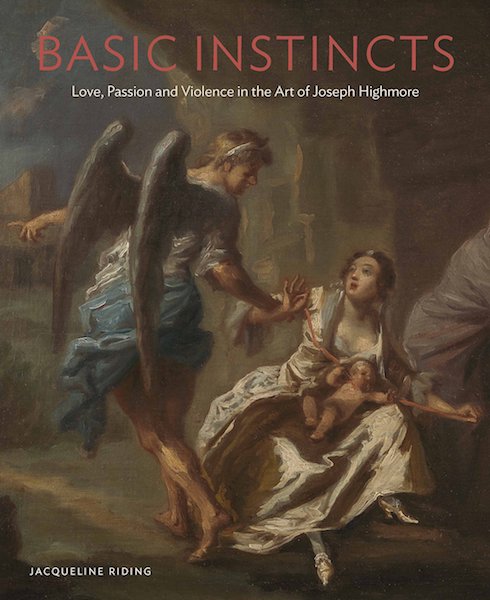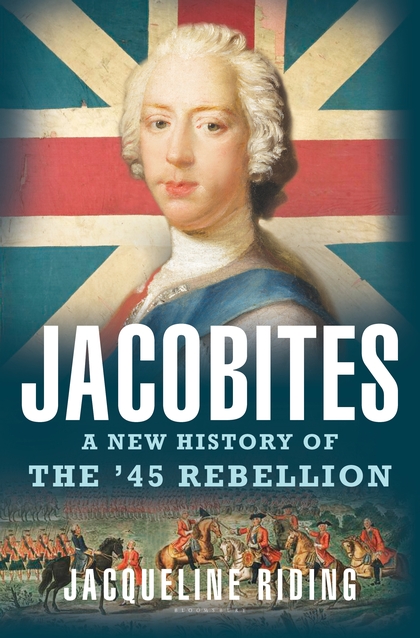Reviews for Hogarth: Life in Progress
Linda Colley, author of Britons and The Gun the Ship & the Pen: ‘In this marvellous and timely new biography, Jacqueline Riding makes sensitive and imaginative use of a wide range of often difficult and neglected sources, offering in the process a vivid and compelling reconstruction of the settings of Hogarth’s life and artistic achievements, and of the nature of the man.’
Gus Casely-Hayford, V&A East, Sky Arts: ‘If you are not familiar with the particular genius of Hogarth, this is the book through which to discover it. And if you are a fellow Hogarth fanatic then you are in for an exquisite treat. This is a special book that drops you heart first into Hogarth’s world – like the great man’s canvasses, it is full of richness, originality and considered humour, unafraid to shock with thrilling new insight.’
Michael Prodger, Sunday Times: ‘deft’, ‘perceptive and richly detailed.’
Kathryn Hughes, Mail on Sunday: ‘Hogarth understands that life is never one thing or another but always in progress’: Jacqueline Riding’s new biography is excellent.’
George Goodwin, London Historians: ‘[Hogarth] was far more than a mere depicter of his age and an artist of skill and talent. He was also a complex and active human being who was living within the society he drew. As such, he is worthy of a thorough and considered biography that captures the man of the time as well as the artist. That is exactly what Jacqueline Riding has brilliantly provided … ‘This book … is of the highest value in showing there was so much more to Hogarth than “Gin Lane”, but in also explaining exactly why he was able to create such a lasting image of his times.’ Read the full review here





